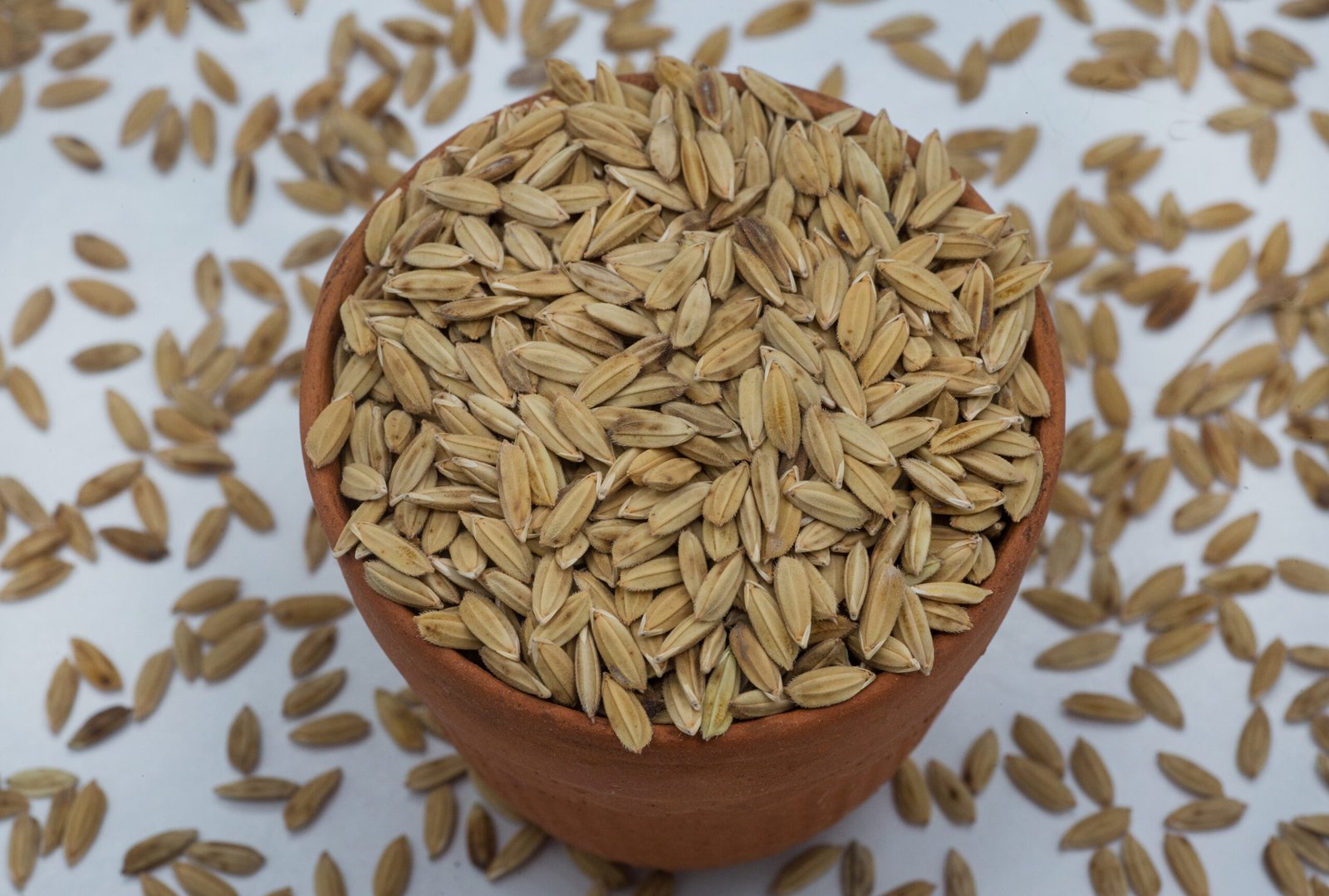Rice Varieties
Kalarpalai



Background
Kalarpalai grows well in saline soil, Kalar- means alkaline, hence the name. In the tsunami affected coastal region of Nagapattinam district, the land was immersed under seawater for various periods ranging from 20 to 120 minutes. Therefore the saline soil became unfit for the cultivation of several modern and hybrid paddy varieties. This Kalarpalai variety grows well in these areas. In the alkaline soils of Tamil Nadu, Kalarpalai alone can be cultivated.
Special Feature
It is relatively resistant to pests and diseases. The yield of straw and grains is less.
Nutritional Properties
It is high in protein (9.15 g/100 g) and zinc (2mg/100g)

Seasons
It is normally cultivated during Samba (July 15 to January 14).

Color and Quality of Rice
The rice is dull white in colour with coarse rice quality.

Crop duration
130 days

Adopt this Rice
INR 15,000
Background
Kalarpalai grows well in saline soil, Kalar- means alkaline, hence the name. In the tsunami affected coastal region of Nagapattinam district, the land was immersed under seawater for various periods ranging from 20 to 120 minutes. Therefore the saline soil became unfit for the cultivation of several modern and hybrid paddy varieties. This Kalarpalai variety grows well in these areas. In the alkaline soils of Tamil Nadu, Kalarpalai alone can be cultivated.
Special Feature
It is relatively resistant to pests and diseases. The yield of straw and grains is less.
Nutritional Properties
It is high in protein (9.15 g/100 g) and zinc (2mg/100g)
Background
Kalarpalai grows well in saline soil, Kalar- means alkaline, hence the name. In the tsunami affected coastal region of Nagapattinam district, the land was immersed under seawater for various periods ranging from 20 to 120 minutes. Therefore the saline soil became unfit for the cultivation of several modern and hybrid paddy varieties. This Kalarpalai variety grows well in these areas. In the alkaline soils of Tamil Nadu, Kalarpalai alone can be cultivated.
Special Feature
It is relatively resistant to pests and diseases. The yield of straw and grains is less.
Nutritional Properties
It is high in protein (9.15 g/100 g) and zinc (2mg/100g)
Donor






